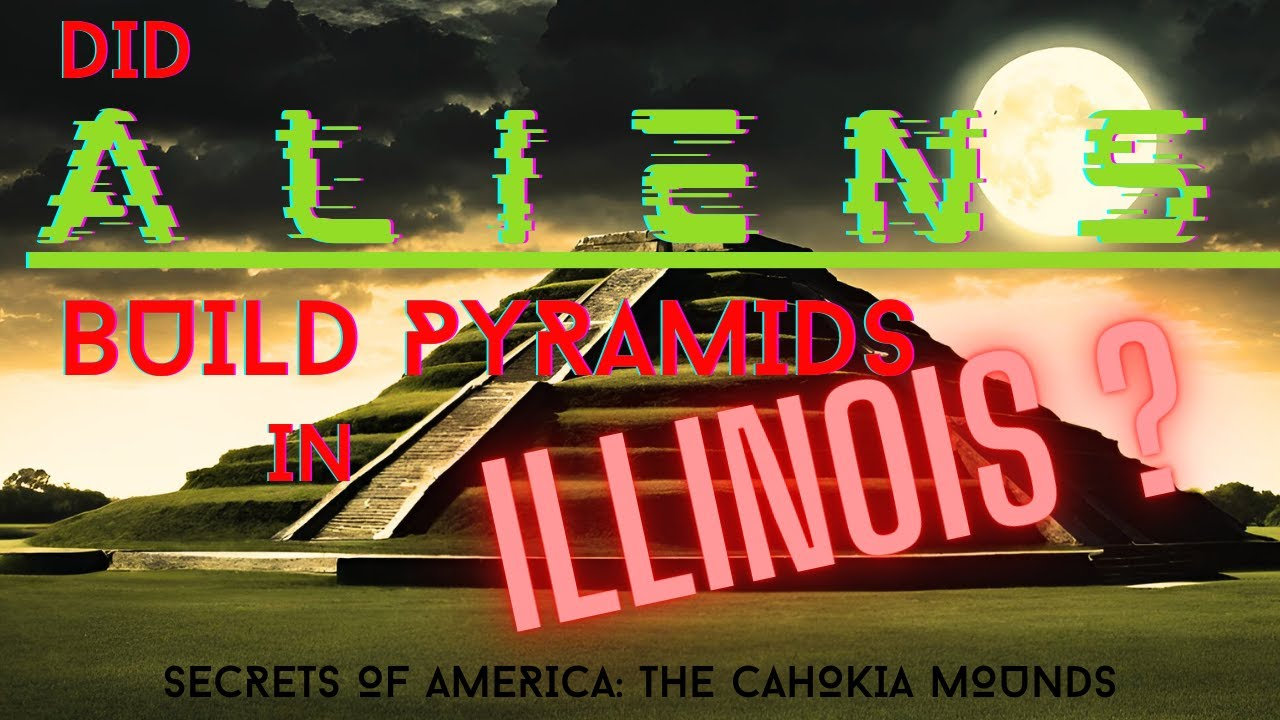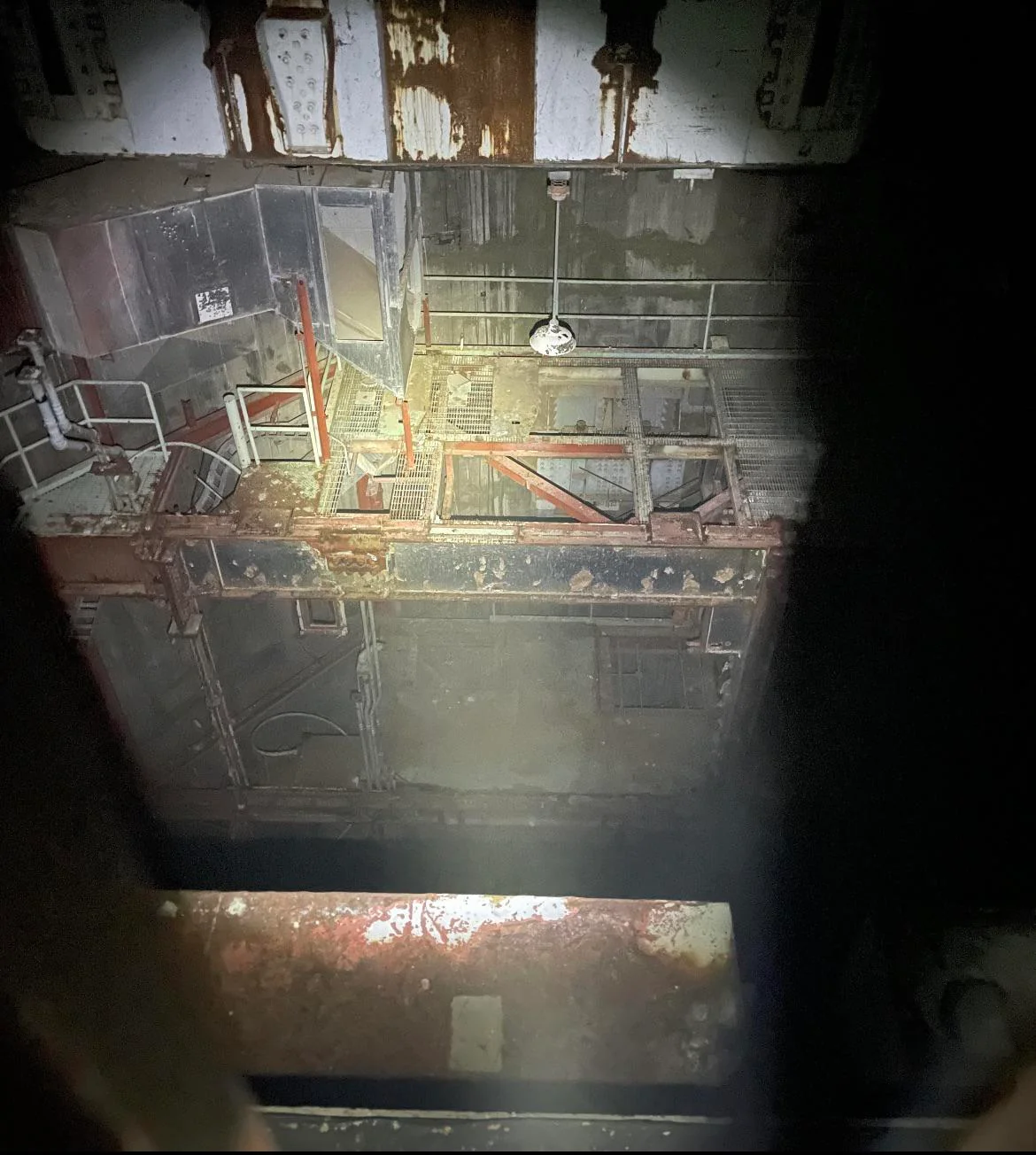I have it but it is controllable.
Give me any containers "in assorted colors" and I will want so hard to put different things in different colors. Screws in the blue bins, nails in the red bins...oh, but then there's more nails than there are red bins, and there's no color for bolts...
I keep thinking of some theme to hold my book covers together. The point of a series is not to save work in concept creation (plot bunnies breed like bunnies). The point is to get readers liking one and trying another. Or trying one because if they end up liking it, they know there's more like it waiting.
So branding. A closed series has a certain advantage in that you can do the visual equivalent of a liet-motif. Same for titles, for that matter. Blackdamp, Firedamp, and, err, Afterdamp (I refuse to name a book Stinkdamp.) And there's few enough, and they are all around the same core concepts, you can do a Forging of the Crown, Quest for the Crown and End of the Crown. And put the titular artifact on all three covers. But even then, you can do some sort of symbol and for three or four books you can get away with using the same one.
Maybe it is the discovery writing. As with those damned assorted colors, I keep trying to come up with some element I can play with across every cover in the series, tying them together visually and helping to forge a series identity.
And each time, each idea, I hit on the exception.
This has been true for pretty much every linking element I've thought of. Frontispiece maps was an idea I floated. So, sure...any one of various maps of London, from Bazalgette's sewers to modern South London to -- useful to help the reader follow the Big Crawl of the climax -- the route and work sites of the Northern Line Extension.
For the Kyoto book, the theme is expressed by that motion from outside to in, and the Transcendence HQ Penny works to infiltrate is in a literal bullseye shape, ring within ring.
And even Paris, it might be amusing to pull up another old map. The Petite Ceinture. Or better yet, the layout of the Paris Exposition of 1900.
Then we get to Athens. Okay, this is getting harder and harder. A diagram of her boating fun across the Adriatic. Or a map of Odysseus' long journey home from the Trojan War.
And the New Mexico book? Sigh. Although, just maybe, a map of White Sands. But already, you are seeing how it doesn't really come together as a cohesive theme. Or add enough to the reading experience to make it worth putting in.
And, yes, I've already fallen away from the three-legged stool or whatever it was, of a specific time and place in history (The London Blitz, the belle epoque, the....err...Greek classical age? Sigh) A specific city (Athens, Paris, London....Kyoto
and Tokyo...Alamogordo, Albuquerque and Roswell...Sigh.) And a specific archaeological concept (or an intersection between archaeology and the greater world; archaeological looting, NAGPRA, Ancient Astronaut mythology...)
Perhaps needless to say, covers fell down before I'd even finished the first one.
That was back when I wanted to make a more obvious spoof of the "Archaeological Thriller" (as the book trade seems to call them these day). These are usually short, portentous titles with a well-recognized historical figure or period and a titular artifact (according to one source, often a document...leading to so many names for these things that are more-obscure names for "thing with writing on it.")
Not that the latter is unknown in the actual historical world. We've learned so much from the Narmer Pallet for instance. And pseudo-archaeology caught on as well, which is why we have things like The Grave Creek Stone.
The first was really obvious. The Enceladus Calyx (which for most of the book is just one piece, which ended up getting called The Athena Sherd). And I could with a stretch identify the London book with the first Roman coin (I think it was a dupondius). And the Japan book....err, I can't put Kusanagi on the cover, because that's not just a reveal, it's a fake reveal (it turns out to be the Mirror of Amaterasu. Which, come to think, would make a cool title itself). With a stretch, though, I can stick a stone fox...that is to say, a kitsune such as adorn the Inari shrine in Kyoto...and that hits a lot of the thematic beats about Japanese mythology and shape-changers.
And we hit Paris. Okay, okay, we can do Paris with le Stryge. That's what I put as the scene divider anyhow. And it is a known symbol of Paris and strongly associated with Notre-Dame de Paris...but it also has damn-all to do with the belle époque.
Which leaves New Mexico. That would be, what? A picture of a nuclear warhead?
The latest inspiration to strike was architecture. I've got a revised cover concept for the first book which is just the Acropolis detached and drifting as a background element. I don't really like it as an approach, but say I push the travel aspect with the covers and identify the location.
Emblematic architecture fails quickly. Plus, who wants to read a series of books about a bunch of old and increasingly obscure buildings? Athens -- Acropolis (or to be specific, the Parthenon). Paris...err, Eifel Tower is too on-the-nose. Notre-Dame and Sacre-Couer are a little too "every European city" for people not really, really familiar with the specific buildings.
This goes double for using the Palace of Westminster and the Elizabeth Tower. Okay, maybe Tower Bridge. Although I could see the London Eye...downside is Penny doesn't visit
any of these places, and I can't exactly put the London Underground on the cover. I could put the Battersea Power Plant but then readers would think the book was about Pink Floyd.
I had to let seasons go early. Paris is Spring (it is literally April in Paris). Japan is the Christmas Season, but more thematically, the crux takes place in the snowy landscapes of Mount Haku. But there's only four seasons, so even if I go with London being rainy (because that's the stereotype) and New Mexico being sunny, I run out of distinct weather patterns before I run out of book ideas.
Plus, I'm kicking around at least one idea that takes place mostly indoors in a space museum. So what's the weather there -- hard vacuum?
Abstracting the idea of "visual motif associated with the setting" could do a torii gate for Japan, a desert with the sacred red sun (stolen from the Zia) of the New Mexico flag standing in for the sun. And, and...I really can't think of anything so direct for the other ones (and I don't even like those two). London during the Blitz, the typical visual of the barrage balloons...but that makes it look like a Historical. And the only Greek iconography everyone would recognize is a Corinthian Helmet, and, well, fuck the Spartans.
See how all these organizing principles end up having at least one glaring exception?
Anyhow...I have no ideas for the cover for the next book. And I'm already talking to the cover people to go order me a new cover.
























